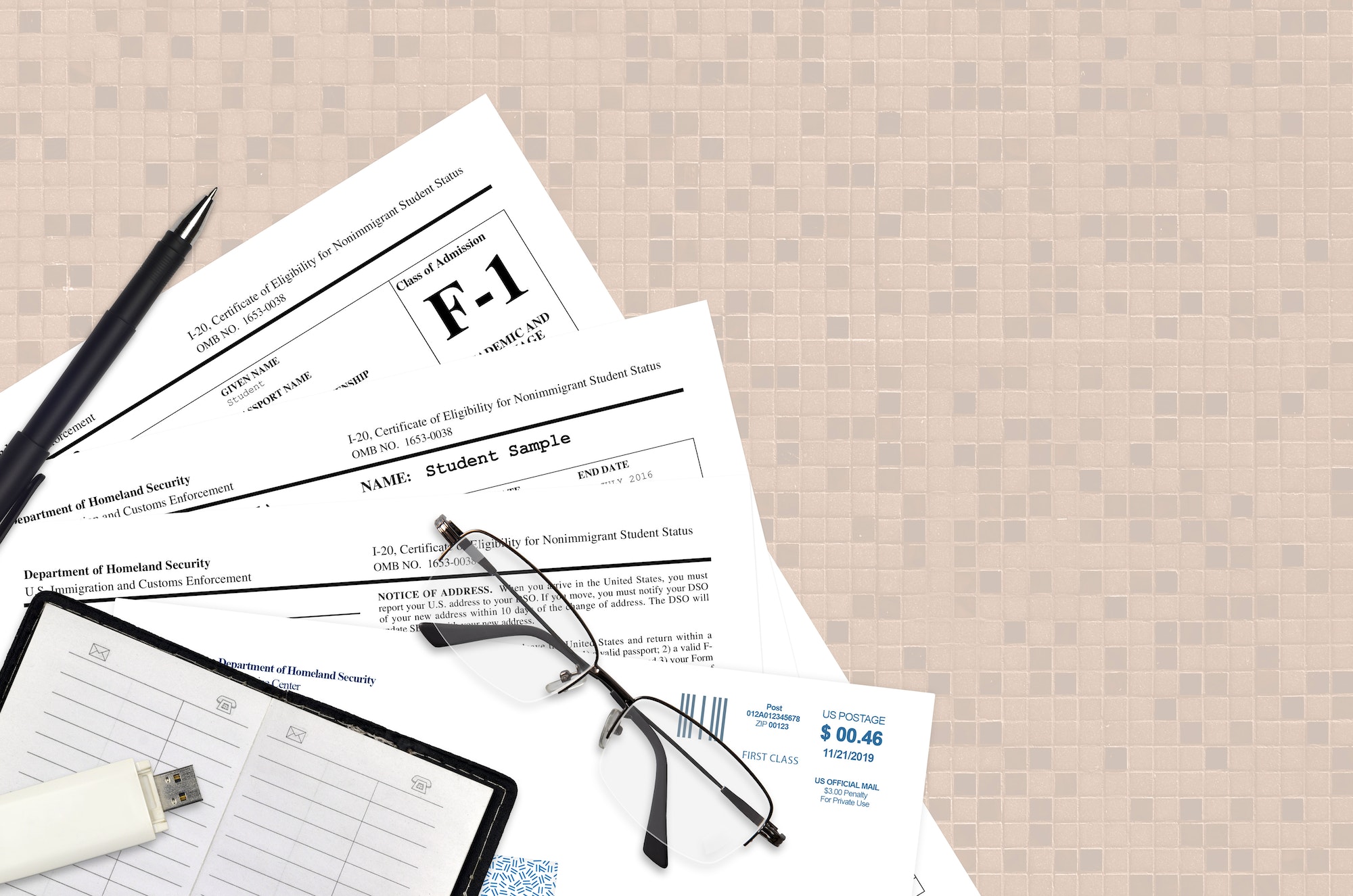Paying for college can be a daunting task, with many students and families worrying about how to cover the steep costs. One of the key financing options available is a subsidized student loan, which can significantly alleviate the financial burden of higher education. This detailed guide will delve into the ins and outs of subsidized student loans, helping you understand their nuances, benefits, and why this article is worth your attention.
What are Subsidized Student Loans?
Subsidized student loans are a type of federal student loan where the government pays the interest while the student is in school, during a six-month grace period after they leave school, and during deferment periods. These loans are a form of financial aid to help students fund their education, but understanding their nature is crucial before opting for one. There are several types of subsidized student loans, including direct subsidized loans (also known as Stafford Loans) and Federal Perkins Loans. These loans are granted based on the student’s financial need, and the amount the student can borrow is determined by the school. From July 1, 2020, the interest rate for Direct Subsidized Loans for undergraduate students is 2.75%.

Repayment of these loans starts six months after the student graduates from, leaves school, or drops below half-time enrollment. In terms of repayment plans, most federal student loans offer several, including standard, graduated, and extended repayment plans. There are also income-driven repayment plans, where the income of the student is taken into consideration.
In addition, students must be aware of Loan Forgiveness programs, which may forgive a portion or all of their federal student loans if they work in a specific occupation or for a certain period of time.
It’s important to note that subsidized student loans are only available for undergraduate students. Graduate and professional degree students are not eligible. The maximum loan amount depends on what year of school the student is in and whether they are classified as a dependent or independent student.
Lastly, students should always exhaust all other forms of financial aid before opting for a loan, as loans need to be repaid back with interest. Always take into consideration the potential burden of repayment after graduation and only borrow what is absolutely necessa

ry.
Subsidized vs Unsubsidized Loans: What’s the Difference?
Although subsidized and unsubsidized loans are both types of federal student aid, they come with different terms and conditions. The critical difference lies in who pays the interest accrued during certain periods. For subsidized loans, the government covers the interest cost under specific conditions, whereas for unsubsidized loans, the student borrower is responsible for all the interest. In more detail, for a subsidized loan – the government pays the interest while the student is in school and during the six-month grace period after graduation.
This type of loan is largely based on financial need. Because the government subsidizes the interest, it’s less costly for the student borrower in the long term.
On the other hand, an unsubsidized loan is not based on financial need, so interest starts accruing on this type of loan as soon as it’s taken out.
That means while you are in school, the interest is building up. Unless you pay it off while you’re still in school or during the grace period, it gets added to the principal, and then you end up paying interest on that larger amount.

To qualify for both types of loans, students must fill out the Free Application for Federal Student Aid (FAFSA). The school will then determine the type and amount of loan for which a student is eligible.
Both types of loans have their own benefits, so the decision must be made based on the student’s financial situation and future earning potential. However, always remember that these are loans, not grants or scholarships. They will need to be repaid.
How Do Direct Subsidized Loans Work?
Direct Subsidized Loans are the official name for subsidized student loans under the Direct Loan program. Students must demonstrate financial need to qualify. The school determines the loan amount, and funds are typically disbursed directly to the school.
Importantly, interest does not accrue on these loans while the student is enrolled at least half-time, during the grace period, or during deferment periods Direct Subsidized Loans are a type of federal student aid that is only available to undergraduate students with considerable financial need. This financial aid option is preferred by many students because the U.S. Department of Education covers or “subsidizes” the interest while the borrower is in school, during the six-month grace period after graduation, and if the loans are placed into deferment.

In order to be eligible for Direct Subsidized Loans, the applicant must be enrolled in a degree or certificate program at least half-time. The maximum annual amount a student can borrow through subsidized loans ranges from $3,500 to $5,500, depending on the student’s year in school. This borrowing limit, however, can be less if the student is receiving certain types of financial aid or scholarships.
While Direct Subsidized Loans can reduce the financial burden of higher education, it’s important to remember that they are still loans and need to be repaid. Hence, careful planning and budgeting are essential to avoid unnecessary debt.
One more noteworthy point is after a student graduates from, leaves school, or drops below half-time enrollment, there is a six-month period, known as a grace period, during which no loan payments are required. However, payments must resume after this period.
Overall, Direct Subsidized Loans can offer significant benefits to students with high financial need, carefully managing the amount borrowed can help ensure more manageable loan payments after graduation.
Are Private Student Loans a Good Alternative to Subsidized Loans?
While private student loans, provided by banks or financial institutions, can offer higher borrowing limits, they aren’t necessarily a better alternative to subsidized loans. Eligibility for these loans usually depends on creditworthiness, and students might require a cosigner, unlike subsidized loans that primarily consider financial need.
Interest rates for private loans can be variable and typically higher than those for subsidized loans, which have fixed rates set by the government. Moreover, with subsidized loans, the government covers the interest while the student is in school, during the grace period, and during deferment periods.
When considering repayment flexibility, subsidized loans offer more lenient terms with various repayment plans, deferment options, and even potential loan forgiveness, options usually not available with private loans.
In conclusion, private loans can supplement funding, but they come with their own set of caveats. It’s crucial to compare these options with subsidized loans and consider them as a last resort after exhausting all federal aid options.
What Impact Does a Subsidized Loan Have on Overall Student Debt?
The nature of a subsidized loan can significantly impact a student’s total loan debt. Understanding this effect can aid students in making financially sound decisions about their education.
In closing, here are the crucial points to remember:
- Subsidized student loans are a type of federal student aid with unique benefits, including government-paid interest during specific periods.
- These loans are different from unsubsidized loans, which accrue interest that the student must pay throughout the life of the loan.
- Eligibility for Direct Subsidized Loans is based on financial need, enrollment status, and other factors.
- Aggregate loan limits can impact a student’s ability to receive further aid.
- Subsidized student loans may not be the right fit for everyone, and alternatives such as PLUS loans and private student loans may be more suitable in some circumstances.
- Understanding the repayment terms of your loan and the impact on overall student debt can assist in making informed financial decisions about education funding.
The world of student loans can be complex, but understanding subsidized loans can help students and parents navigate this part of the financial aid landscape with confidence. By exploring and understanding the options available, it’s possible to make education costs more manageable and make sound financial decisions about higher education.

